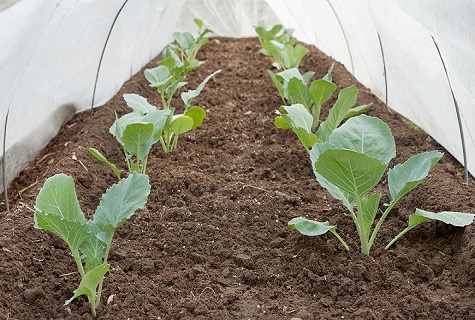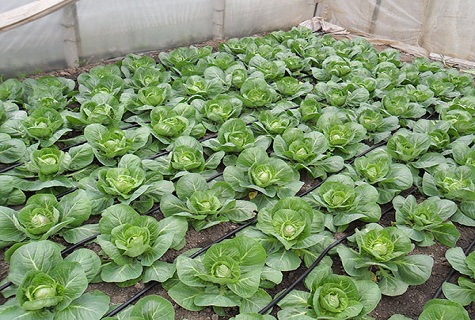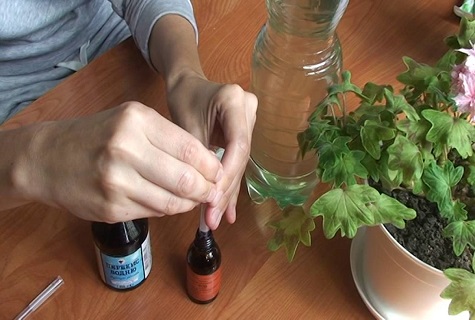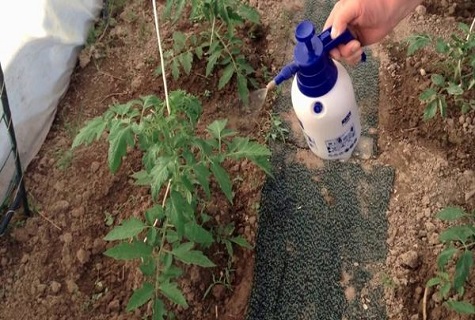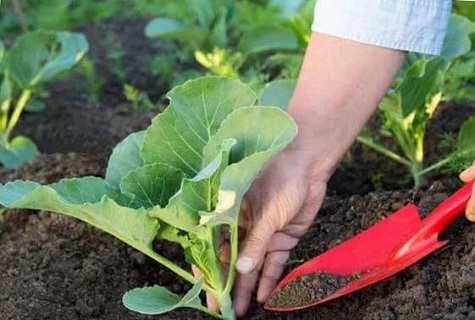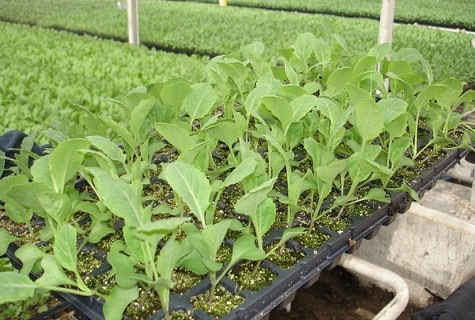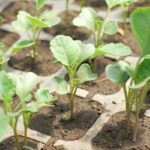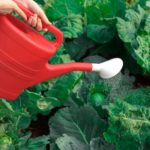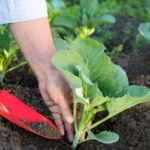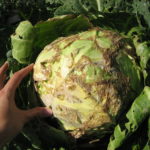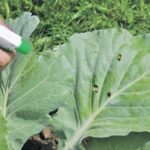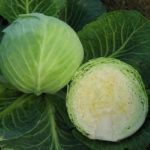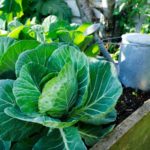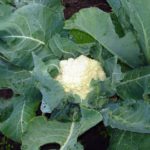Feeding cabbage is an important point in caring for the vegetable. The soil does not always contain all the substances necessary for the plant, and the vegetative growth of cabbage requires replenishing the lack of necessary minerals. Without them, dense heads of cabbage will not form on time, and the vegetable’s immunity to diseases and pests will not increase.
Features of growing cabbage
There are many types of cabbage cultivated in gardens. But all representatives of vegetable crops have the same growing requirements.In regions with a temperate climate, the vegetable is first sown as seedlings, taking into account that early varieties of cabbage will take 65-100 days to fully develop, and late varieties – 100-130 days. It is best to grow cabbage in open ground: the vegetable is not afraid of frost and can continue to develop until October, when the harvest of juicy heads of cabbage begins. Vegetable seedlings begin to be planted from mid-May - early varieties, until mid-June - late varieties.
The planting pattern in the ground is 50 x 50 or 60 x 60 centimeters. Before planting vegetable seedlings, add 500 grams of humus into the holes, mixing with soil. Then fertilize with ammonium nitrate (two grams), superphosphate (five grams) and potassium salt (three grams). It is advisable to add half a bucket of river silt to each hole. Seedlings are planted in the ground to the depth of the stem to the cotyledons. After planting, during the first week, seedlings are planted to replace the dead cabbage seedlings.
If you want to get a larger harvest from vegetable plantations, then you need to properly care for it. This includes procedures such as:
- abundant watering;
- timely feeding with organic and mineral substances;
- loosening the soil after watering;
- control of weeds and cabbage pests;
- prevention of vegetable diseases.
Cabbage should be watered abundantly - a vegetable without moistening the soil forty to fifty centimeters deep will not give a good harvest. Two to three liters of water are poured under each bush. Often, watering is combined with fertilizing. You should not apply fertilizers randomly; you need to know the timing and rules for feeding cabbage bushes:
- Ten days after placing the seedlings in the beds, water the vegetable with mullein diluted in water in a ratio of 1:7.
- You can replace organic substances with mineral ones.To do this, take ammonium nitrate in a bucket of water in the amount of forty grams, superphosphate - twenty grams and potassium salt - fifteen.
- The second time, cabbage needs fertilizer at intervals of three weeks. For irrigation, use a solution of mullein in a ratio of 1:5 or bird droppings - 1:15.
- For mineral supplements, take ammonium nitrate - sixty grams and potassium salt - forty grams per ten liters of water.
- A liter of solution is poured under each vegetable bush.
Iodine fertilizing is useful for the development of vegetable crops. It can be both root and foliar.
What are the benefits of iodine for vegetable plants?
The iodine tincture contains a rare element that is found everywhere. Its concentration is greatest in marine plants. The iodine content is especially high in seaweed and kelp. In Russia, the substance is obtained from drilling waters during oil production. In nature, it is found in minerals – iodides.
Iodine has a special place in the human body as a component of thyroid hormones produced by the thyroid gland. Without this element, development, growth and stability of life are disrupted.
It is known what role such elements as potassium, phosphorus, and nitrogen play for the development of a plant organism. But iodine can stimulate metabolism inside cells, which leads to rapid growth of garden crops. When fertilizing cabbage with iodine tincture:
- better absorption of nitrogen compounds;
- increasing vegetable yield;
- obtaining vitamin C by the plant;
- excellent keeping quality of late-ripening cabbage varieties;
- acquisition of excellent taste, large size and density by the heads of cabbage.
In addition, thanks to iodine, the plant becomes more resistant to diseases.
Timing and rules for applying iodine supplements
You need to know when and how many times to use iodine to fertilize cabbage. It is best, and safer for plants, to take a five percent alcohol solution of iodine, which people use to disinfect and heal wounds.
The rules for applying iodine solution as a top dressing for cabbage consist of the following parameters:
- During the formation of heads of cabbage, water the vegetable bushes with a solution prepared from a bucket of water and forty drops of iodine tincture. One liter of fertilizer will be enough for one plant. The procedure is carried out in cloudy weather after watering vegetable plants.
- You can spray the leaves of the plant with the same solution.
- Foliar feeding is carried out using a different concentration of tincture solution. It is prepared by diluting half a teaspoon of antiseptic in ten liters of water.
Cabbage processing is carried out at the stage of tying the forks. It is imperative that those who spray a vegetable plant need to protect their eyes from getting into them. tinctures. After all, iodine is classified as a toxic substance, and even a small concentration of it, if it comes into contact with delicate mucous membranes, can cause a minor burn.
Feeding cabbage with iodine is also important at the first stage of vegetable development. Seedlings will be protected from pathogenic microorganisms if they are sprayed once with a solution of septic tincture. To prepare it, add a liter of milk and fifteen drops of iodine to a bucket of clean water at room temperature.
How is foliar feeding carried out?
It is considered effective to spray cabbage with an iodine solution at the base of three or four leaves and during the period of setting a head of cabbage.
The procedure is carried out in sunny weather.The best time would be the morning after heavy rain, when the soil is sufficiently moist and the leaves of the vegetable have not evaporated all the moisture. It is also good to fertilize cabbage with a liquid solution after dew or in the evening when the heat subsides. Spray cabbage bushes from a watering can.
Foliar farming allows you to quickly deliver the necessary microelements to the green parts of the vegetable.
Effectiveness of fertilizing
Those who feed cabbage with a solution of iodine tincture note a doubling of the cabbage yield. At the same time, the heads of cabbage collected in the fall are dense, juicy, clean, and free from damage by pests. Iodine repels diseases from vegetables, so dense forks last a long time and do not rot. Thanks to fertilizing, the harvest is preserved better and the heads of cabbage have a high-quality appearance.
The procedures for adding the solution are carried out easily, without effort. And since iodine contributes to better absorption of nitrogen fertilizers, at the end of the season you get healthy cabbage fruits filled with useful elements and vitamins for the human body.


